Coal bucket elevator is a crucial component in coal handling operations, enabling efficient and reliable vertical transportation of coal. However, selecting the right coal bucket elevator for your specific needs requires careful consideration of various factors. This article will guide you on how to choose a coal bucket elevator that best suits your requirements.
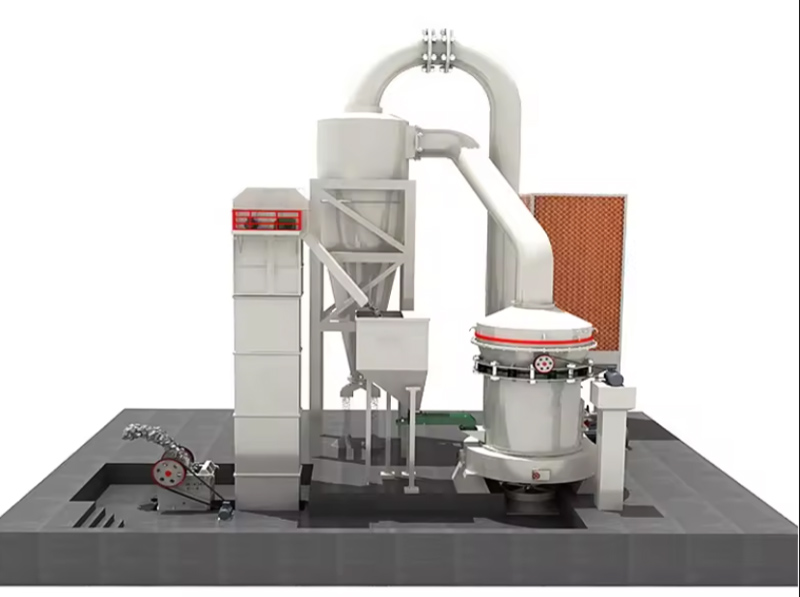
One of the primary considerations when choosing a coal bucket elevator is its capacity and throughput. Determine the amount of coal you need to transport per hour or per day, and select a bucket elevator with a capacity that meets or exceeds your requirements. Ensure that the elevator can handle the expected coal size, density, and moisture content.
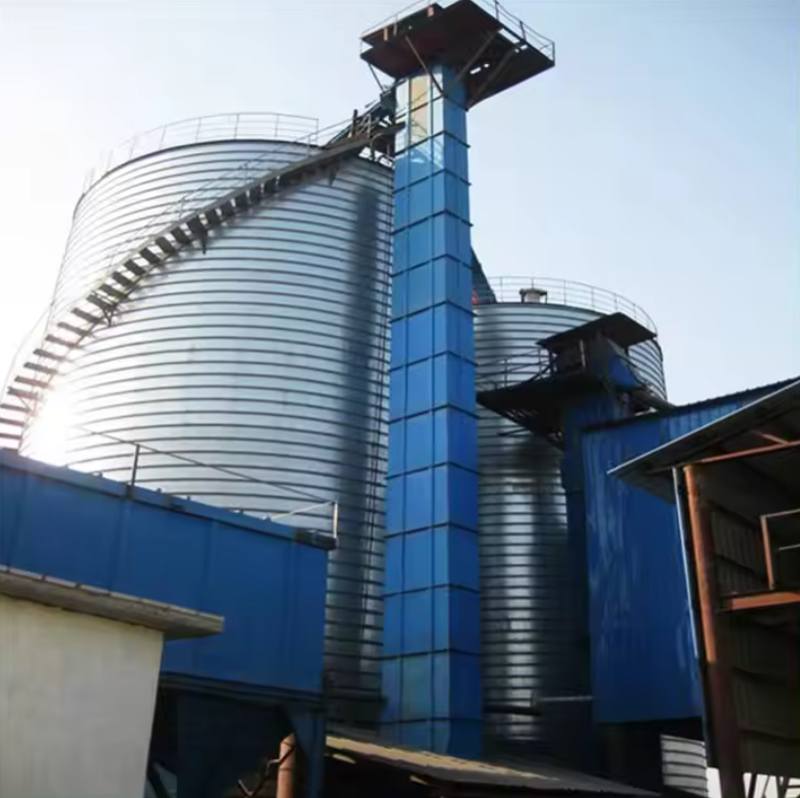
Evaluate the vertical lift height required for your coal handling application. Choose a bucket elevator that can efficiently lift coal to the desired height without compromising performance. Additionally, consider the discharge configuration, such as whether you need a single discharge point or multiple outlets for different destinations.
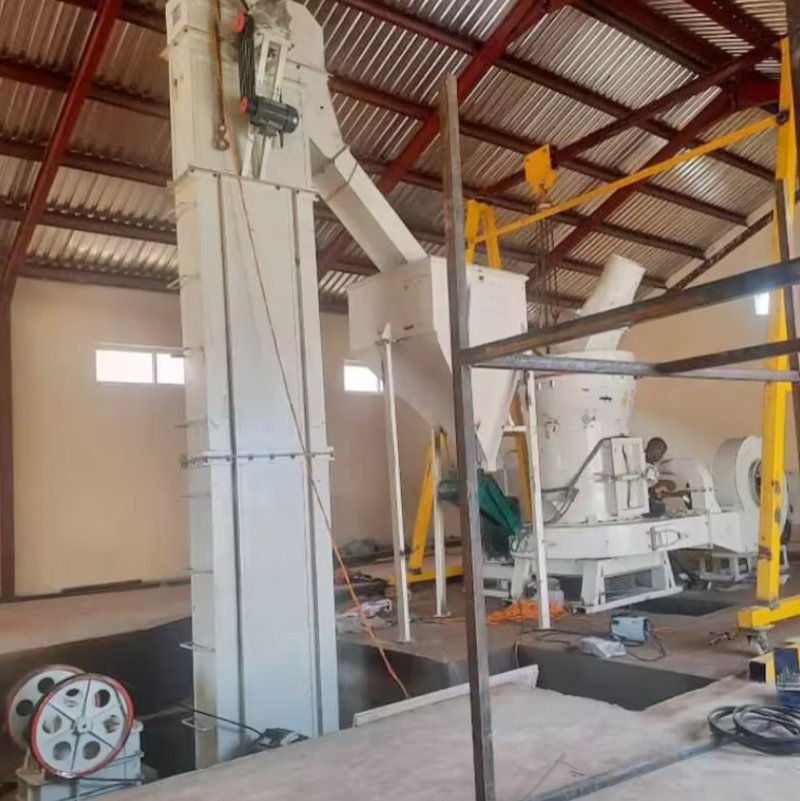
Assess your facility's layout and space constraints to determine the most suitable bucket elevator configuration. Determine whether a vertical or inclined design is more appropriate for your space. Consider the available floor area, ceiling height, and any obstructions that may impact the installation of the bucket elevator.
Examine the specific material handling requirements of your coal. Different types of coal may have varying characteristics, including size, shape, abrasiveness, and flow properties. Ensure that the bucket elevator is designed to handle the specific properties of your coal, minimizing the risk of material degradation or equipment damage.
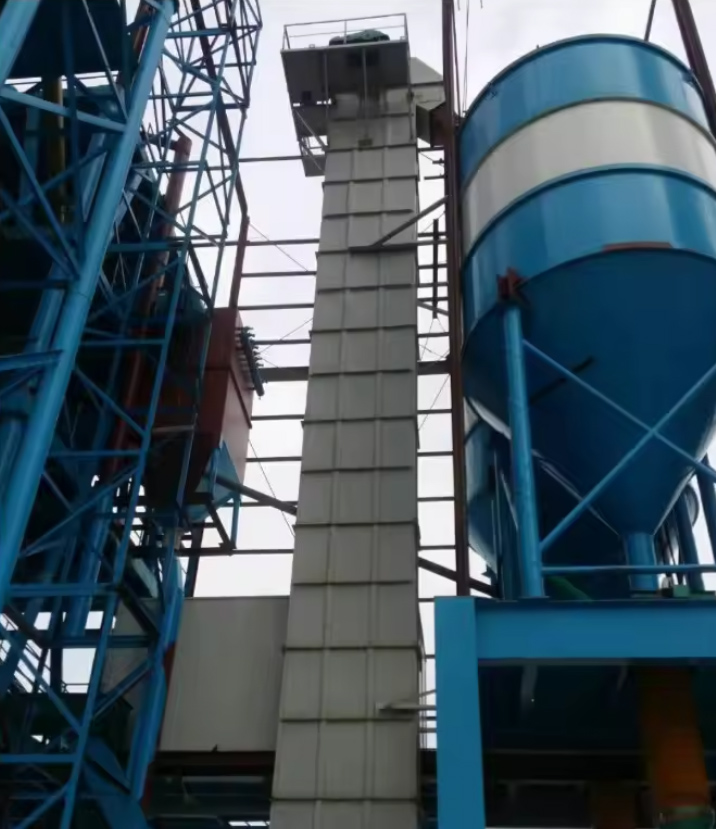
Safety is a paramount concern in coal handling operations. Look for bucket elevators that incorporate safety features such as emergency stop systems, speed monitoring, and anti-blockage devices. Additionally, consider the dust control measures implemented in the design, such as enclosed casings and dust collection systems, to ensure a safe and clean working environment.
6.Budget and Total Cost of Ownership
Consider your budget for the bucket elevator, but also evaluate the total cost of ownership over its lifespan. Look beyond the initial purchase price and consider factors like energy consumption, maintenance requirements, and expected service life. A higher-quality bucket elevator may offer better long-term value by reducing operating costs and minimizing the need for frequent replacements.
Here are some specific selection suggestions:
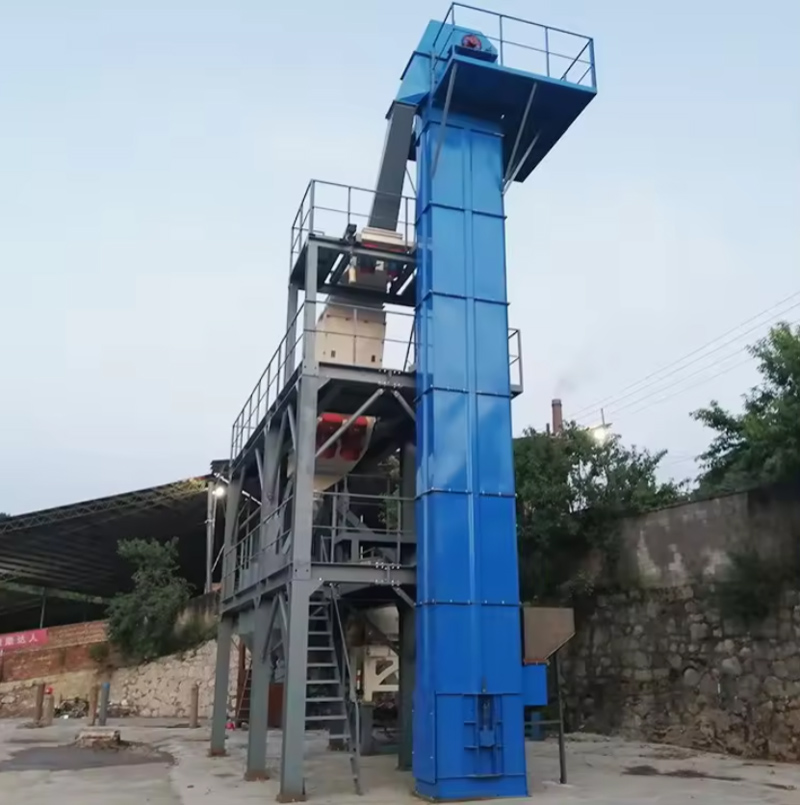
For occasions with small conveying volume and low lifting height, TD type bucket elevator can be selected.
For occasions with large conveying capacity and high lifting height, TH type chain bucket elevator can be selected.
For conveying materials with higher abrasiveness, NE type plate chain bucket elevator can be selected.
For conveying high-temperature materials, TG type wire rope belt bucket elevator can be selected.
When purchasing a bucket elevator, you should also pay attention to the following matters:
Choose a reputable manufacturer to ensure product quality.
Read the product manual carefully to understand the product's performance and usage.
Perform regular maintenance and upkeep on the bucket elevator to ensure its safe operation.
Selecting the right coal bucket elevator is crucial for efficient and reliable coal handling operations. By considering factors such as capacity, lift height, equipment layout, material handling requirements, safety features, reliability, and total cost of ownership, you can make an informed decision that meets your specific needs. Choose a reputable manufacturer that provides high-quality bucket elevators and offers excellent technical support to ensure a successful and optimized coal handling system.
Address:China,Yanjin county forest park gate to the west 1000 meters north road.